5 interior designers on the styles they will love forever
Naturally, interior designers have their go-to styles. These are the iconic looks they turn to time and time again
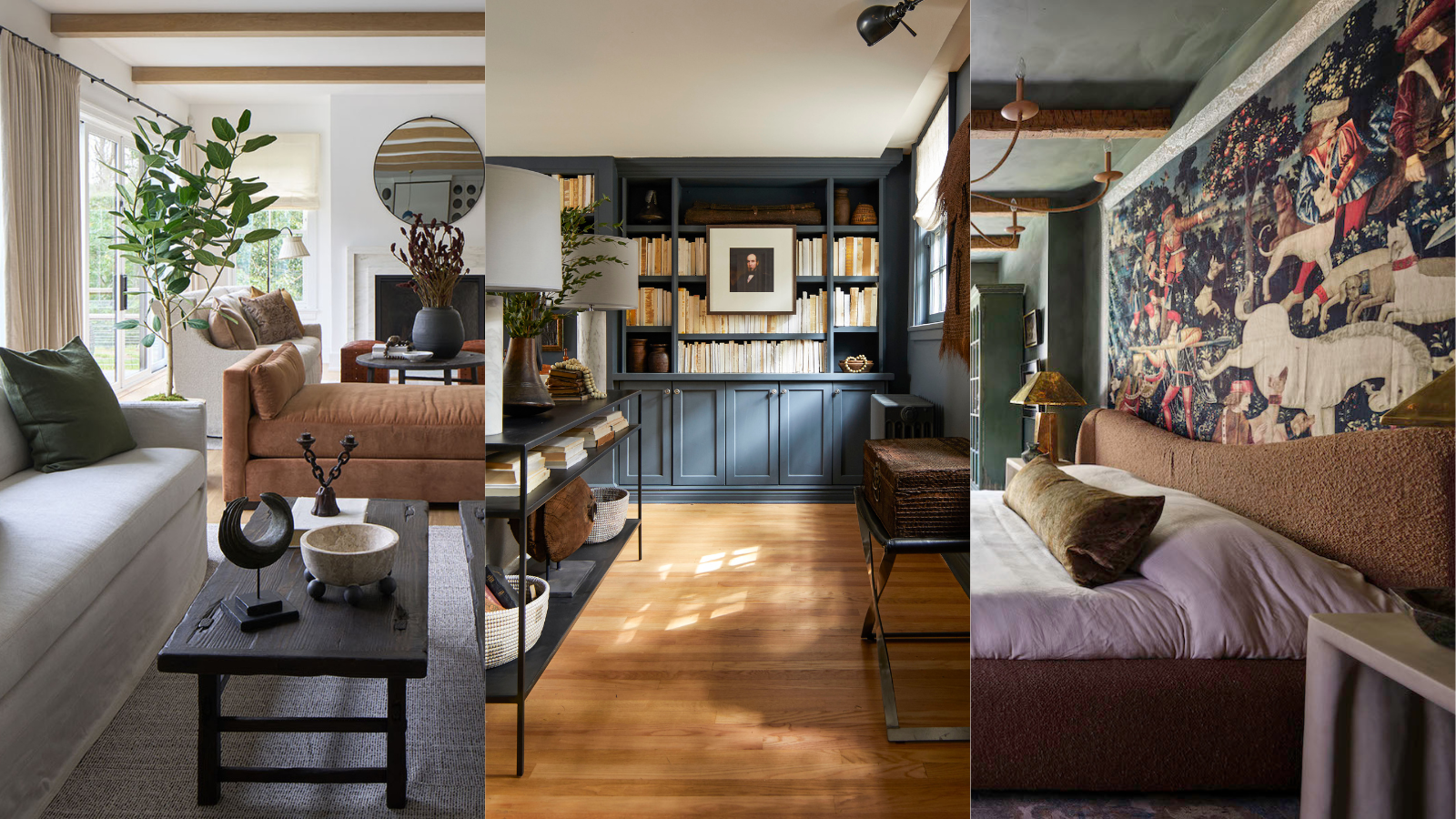

Even as our home styles change over time, the best interior designers will always have their favorite looks, that they will simply love forevermore. For some, this might be the root of their practice, for others, it might inspire them more subtly or simply be an aesthetic that brings them joy every so often.
Timeless has been the mood recently, with so many interior design trends not in fact being 'trends' at all, but classic, characterful looks. So in the spirit of appreciating heritage styles and being more thoughtful in our design approach, we spoke to a handful of experts to find out which styles they think have longevity and will turn to time and time again.
5 styles that interior designers say will reign forever
From the enduring "popular" to the perhaps lesser-known styles, here are five looks that are much-covered by experts, and no doubt, interior design styles that everyone should know about...
1. Contemporary
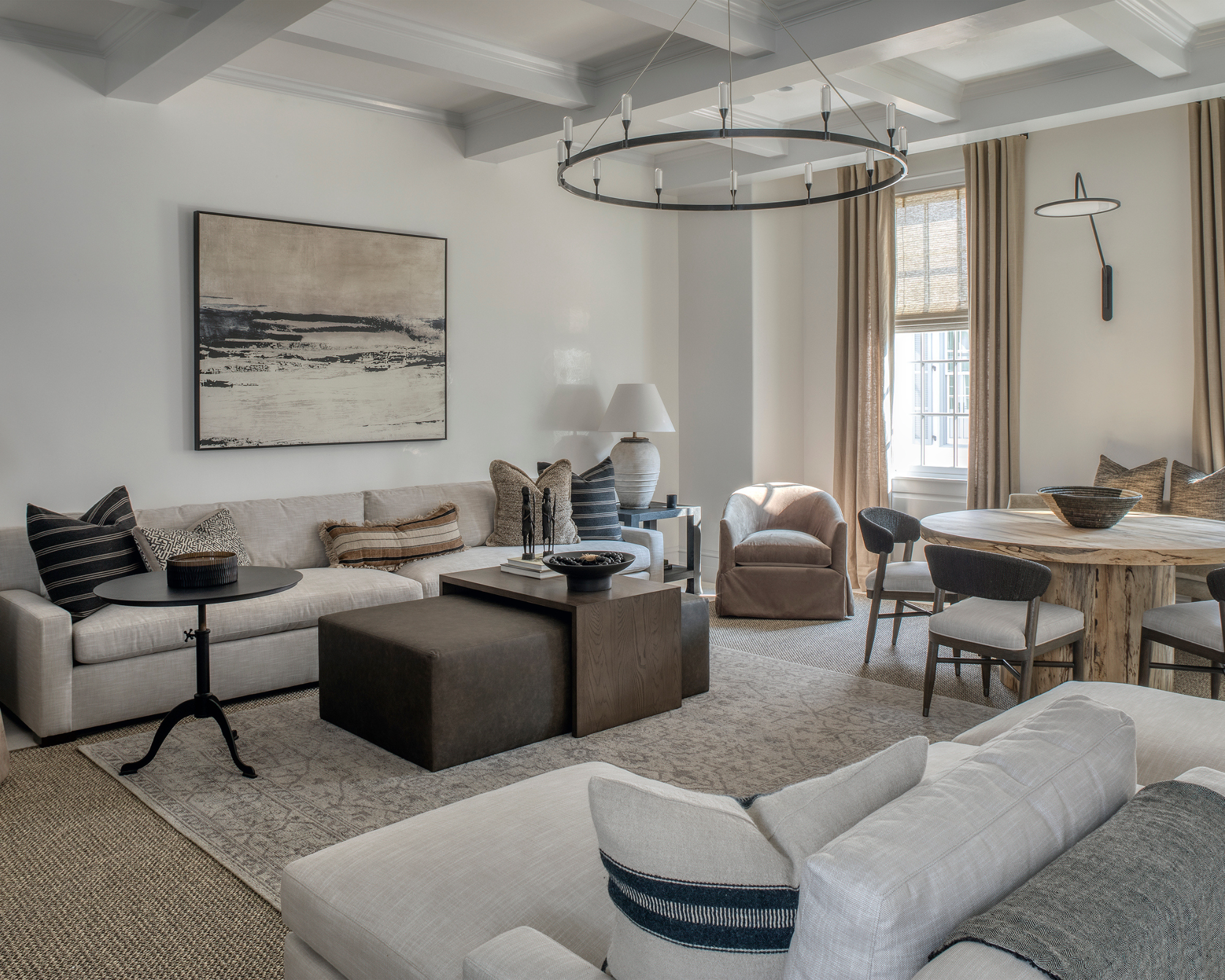
Especially in the design world, 'modern' and 'contemporary' are often interchanged, when they actually have distinct differences. Designer Brad Ramsey has an enduring love of the latter, and it's the design style that's most echoed in his work.
He explains why contemporary is more intricate and layered as an aesthetic than then general overarching term of 'modern'. 'Most of our projects could be defined as contemporary, not to be confused with modern,' says the designer. 'Contemporary tends to blend multiple styles into a clean and curated aesthetic.'
'Contemporary design tends to be a moving target in that it infuses trending looks into a collected and layered design,' continues Brad. 'This allows it to remain relevant through fluctuating design seasons. But in general, it is characterized by clean lines, natural materials, neutral colors, mixed textures, and simple, functional pieces highlighted by a few curated statement pieces.'
2. Transitional Design
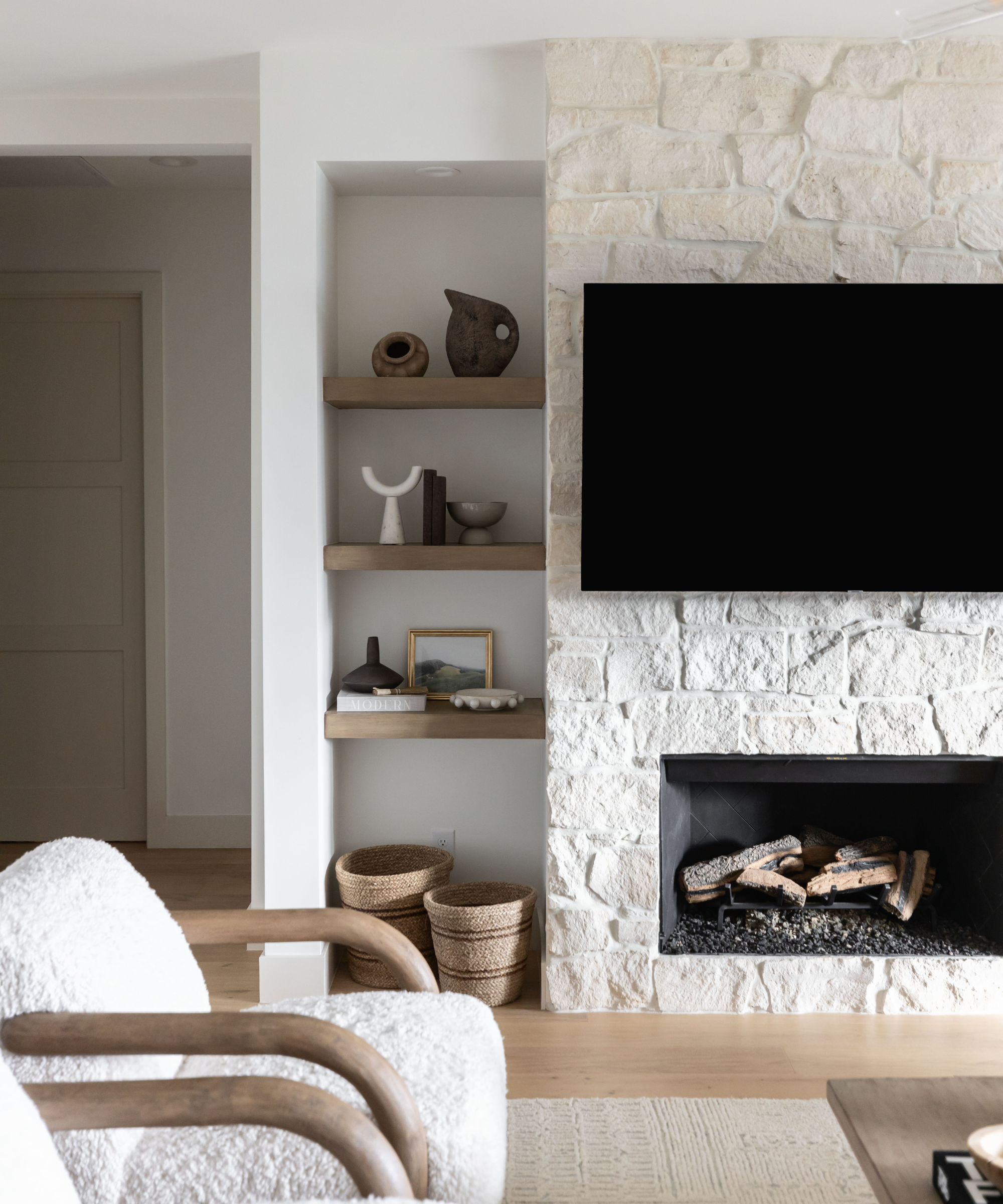
Transitional design has been on every discerning designer's lips this year and is a style that we are increasingly leaning on for inspiration.
'I have an enduring love for transitional design, which effortlessly combines traditional and contemporary elements to create spaces that are timeless, balanced, and inviting,' shares Lauren Lerner, CEO and Founder of interior design firm Living with Lolo. 'This style merges the classic charm of traditional aesthetics with the clean lines of modern design, resulting in a sophisticated yet welcoming atmosphere.'
Crafted with thought, transitional-styled rooms remain minimal but not without detail. Plush fabrics softly contrast mixed materials, creating a cozy and adaptable look. As we can see above, more 'trending' fabrics like boucle can add a contemporary feel and more depth to even heritage spaces with architectural features like stone fireplaces and cornices.
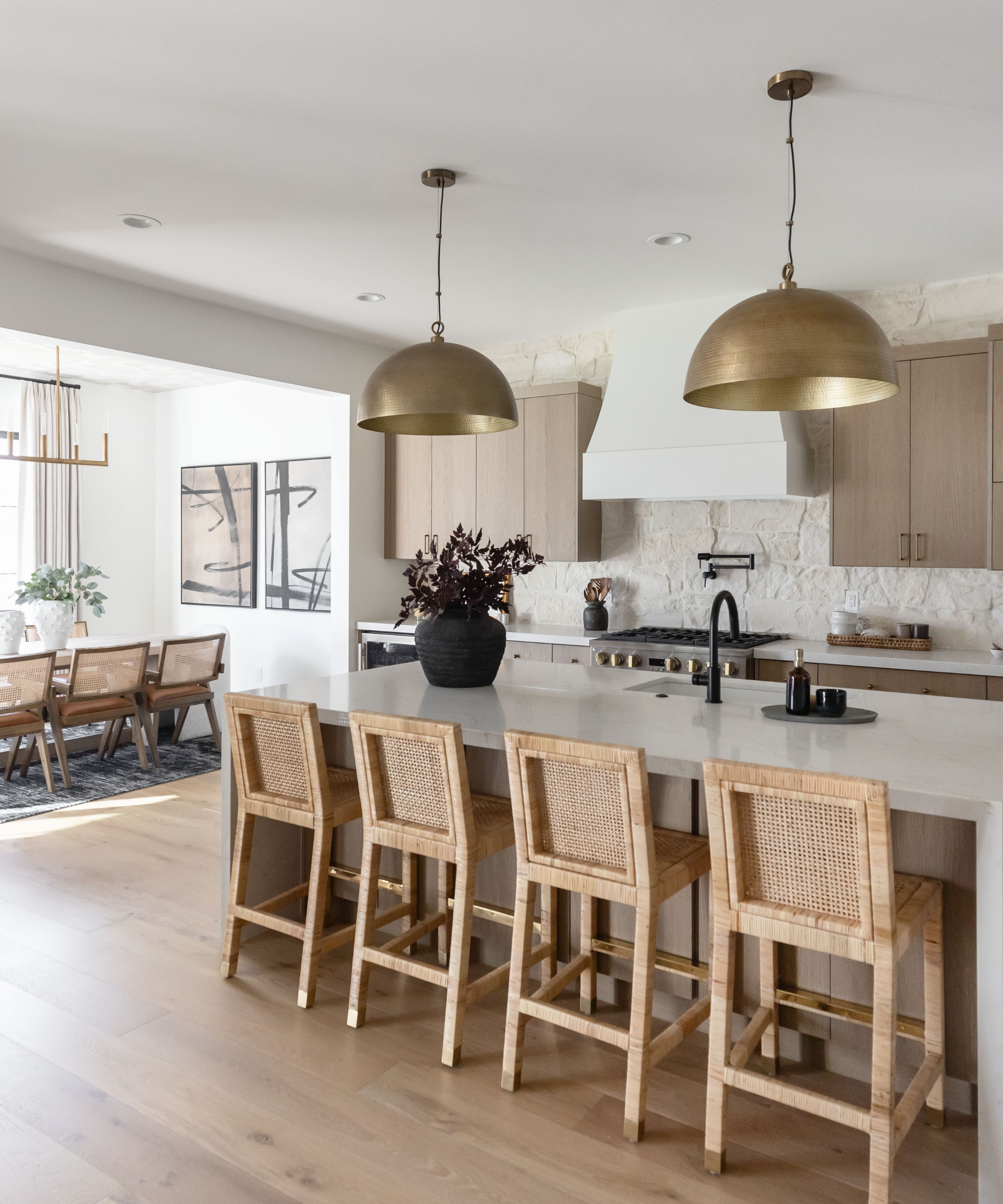
'It features a neutral color palette – whites, taupes, and grays – that sets a serene backdrop while highlighting furniture and decor,' continues Lauren who emphasizes how this style accentuates comfort and functionality but is still open to more ornate detail for a unique and refined finish.
'This versatile style remains timeless, allowing foundational elements to endure while easily refreshing accent pieces, making transitional design ideal for those who appreciate both classic and contemporary aesthetics.'
3. Modern rustic
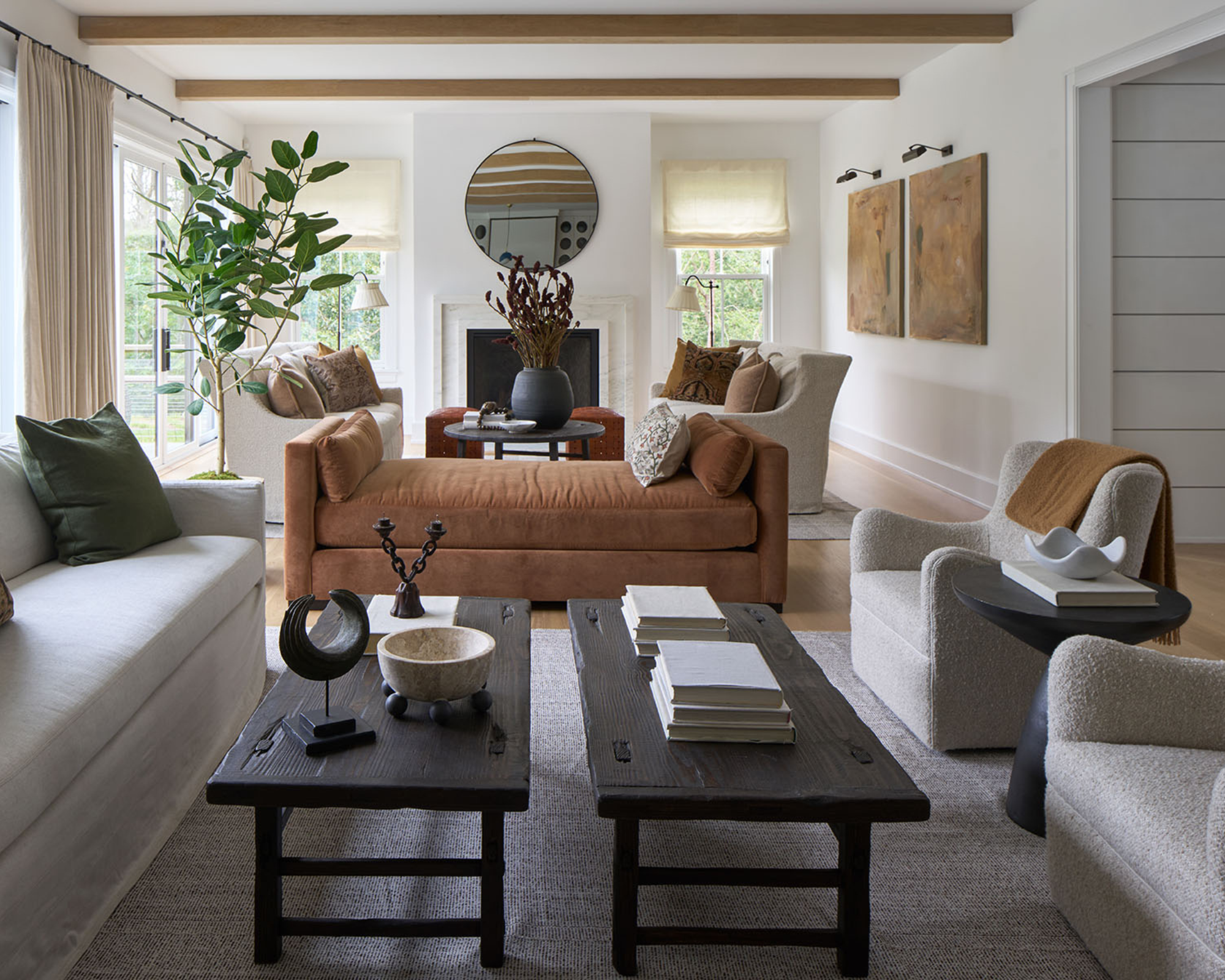
Keeping with the mood of blending old and new for a home that never dates, modern design with a twist is our next designer's adored style.
'I really connect with modern rustic as an interior design style because it beautifully combines vintage charm with modern sensibilities, making it timeless,' shares Mikel Welch. 'This style features unique vintage pieces that look like they’ve been carefully preserved from a specific era, highlighting the artistry of handcrafted design.'
Mikel shares that, 'Weathered wood, aged metal, and rough-hewn stone play a big role, in creating this look as their "character" shows over time. And to let the personality shine, only a simple backdrop is necessary. The neutral color palette –think earthy whites, blacks, beiges, greens, and rust – creates a warm, inviting home that feels current no matter the latest trends.'
4. Nature-inspired, biophilic design
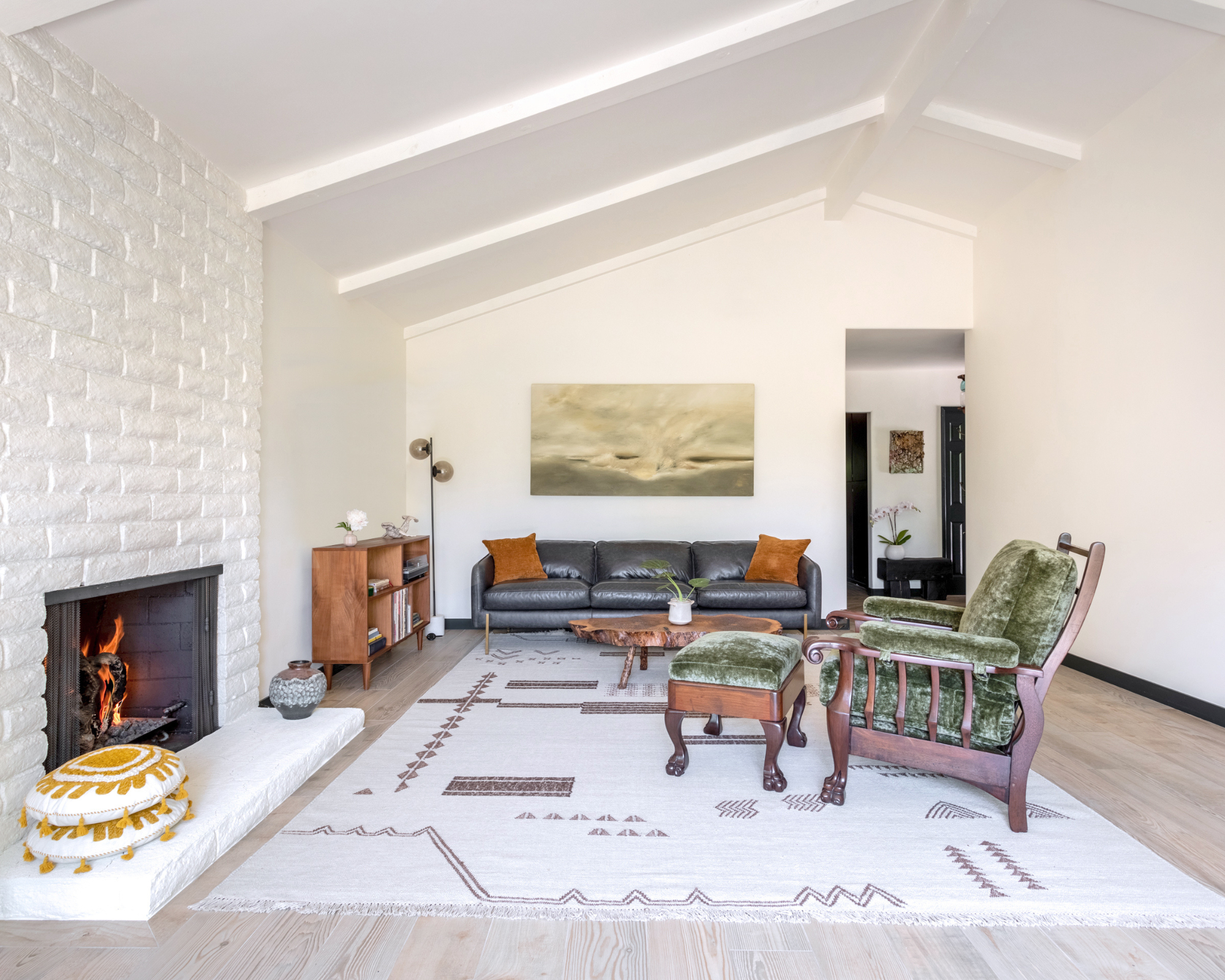
A minimal living room with earthy decor elements and artwork by Peter Burega.
Even the most coveted home decor ideas can be elevated by greenery, natural woods, and colors that echo the outdoors. Biophilic design is synonymous with style and balance.
#My design philosophy is deeply connected to the natural world and is inspired by the surrounding landscape's form, textures, and colors,' shares Sarah Barnard, a WELL AP and LEED AP accredited designer whose work focuses on creating personalized, sustainable spaces that support mental, physical, and emotional wellbeing.
'Biophilic design stems from our innate desire to be close to nature and the emotional and health benefits we experience when spending time outdoors,' continues Sarah. Natural elements – be that a floral, the veining of wood or the grandeur of a house plant – want a minimal touch; a clear canvas with plenty of natural light will let their inherent beauty ground a room. "Neutral and nature-inspired color palettes paired with the beauty of natural materials such as wood and stone are favorite design foundations," adds Sarah.
5. Coastal, Cape Cod style
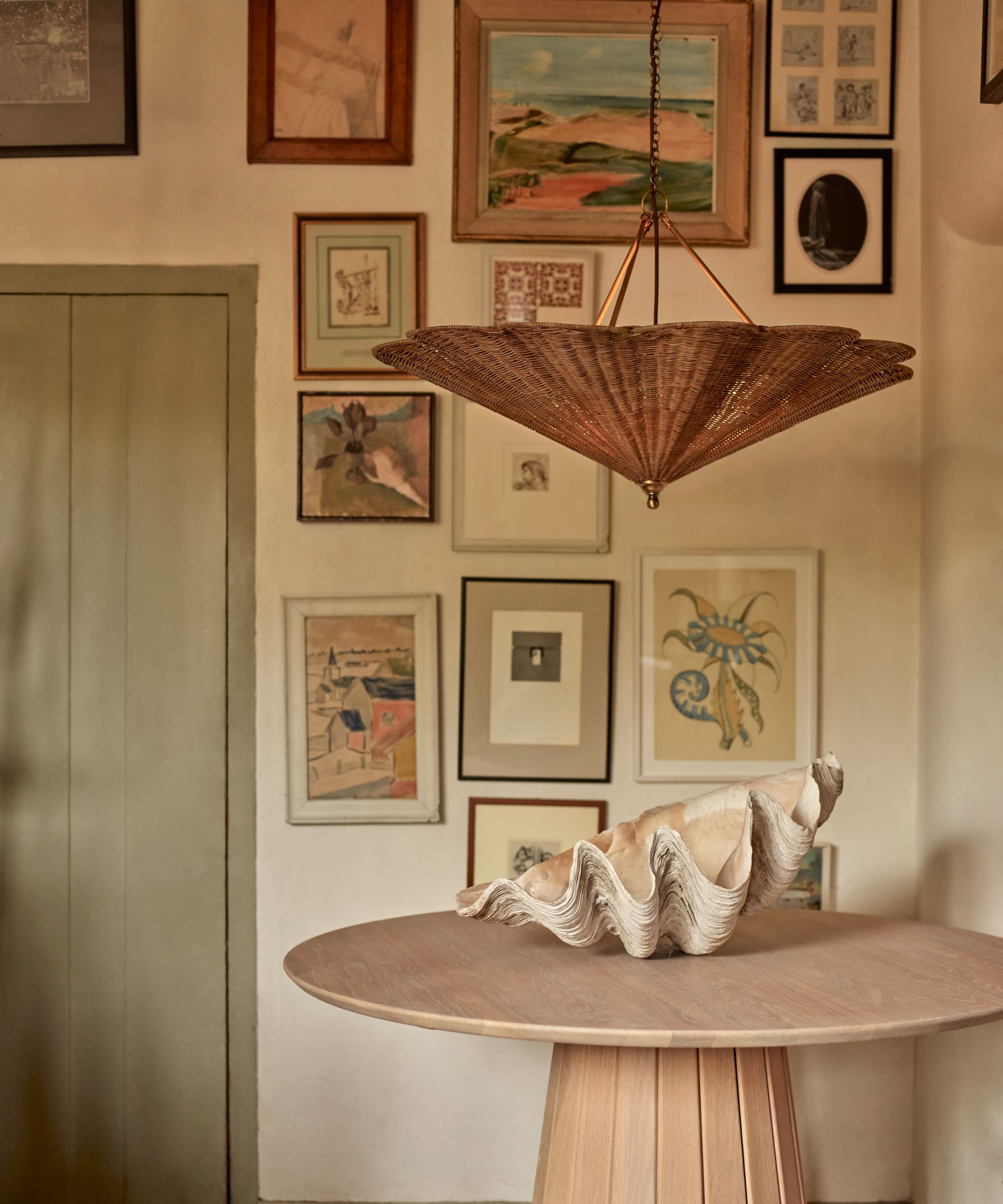
A fresh, nautical feel in a home is enduringly welcoming, especially in coastal homes. And for those who love the timeless, architectural symmetry of a Cape Cod house, the interior decor style that goes with it will charm, just as it does our next interior designer.
'I absolutely love the Cape Cod style,' says Christina Richardson. 'There are blues and whites and maybe a yellow or a green accent,' continues Christina, who highlights that a beach location does Cape Cod style best justice.
Similar to coastal decor but still with its own flair, for a Cape Cod look, favor muted pastels over bold colors, and bring in plenty of texture. And, if your home isn't on the sandy coasts of Massachusetts, then this look still works. Laid back and relaxed, yet still luxurious is a style you can replicate no matter where you call home.
As all these styles reflect, the most loved aesthetics aren't short lived trends. They are looks that have been around for decades, and while they may slightly change with the times they remain iconic.
Sign up to the Homes & Gardens newsletter
Design expertise in your inbox – from inspiring decorating ideas and beautiful celebrity homes to practical gardening advice and shopping round-ups.

Camille is the former deputy editor of Real Homes where she covered a broad range of topics, including house tours, small space design, and gardens. She studied English language and Italian at the University of Manchester and during a year abroad studying linguistics and history of art in Bologna, Italy she started documenting her adventures and observations in a blog. Camille is always creating and spends her downtime painting, taking photos, traveling, and writing short stories.
-
 How to clean a Ninja CREAMI quickly and thoroughly without cracking it – get back to making delicious homemade ice cream in less than 20 minutes
How to clean a Ninja CREAMI quickly and thoroughly without cracking it – get back to making delicious homemade ice cream in less than 20 minutesAnd you don't need any harsh chemicals
-
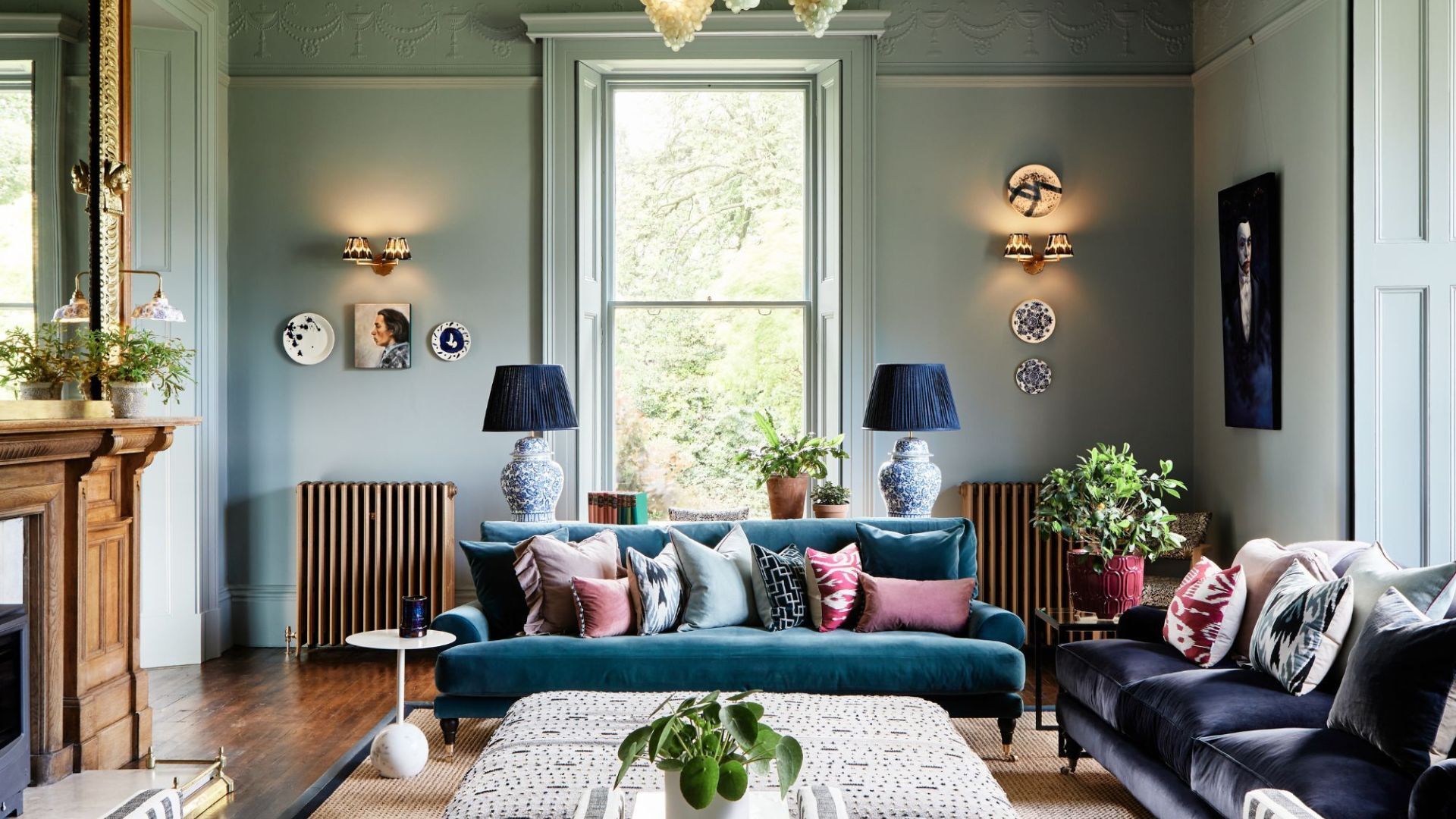 6 key colors to decorate with in May, according to interior design and color experts in the know
6 key colors to decorate with in May, according to interior design and color experts in the knowDesigners and color experts share the colors they are decorating with this month